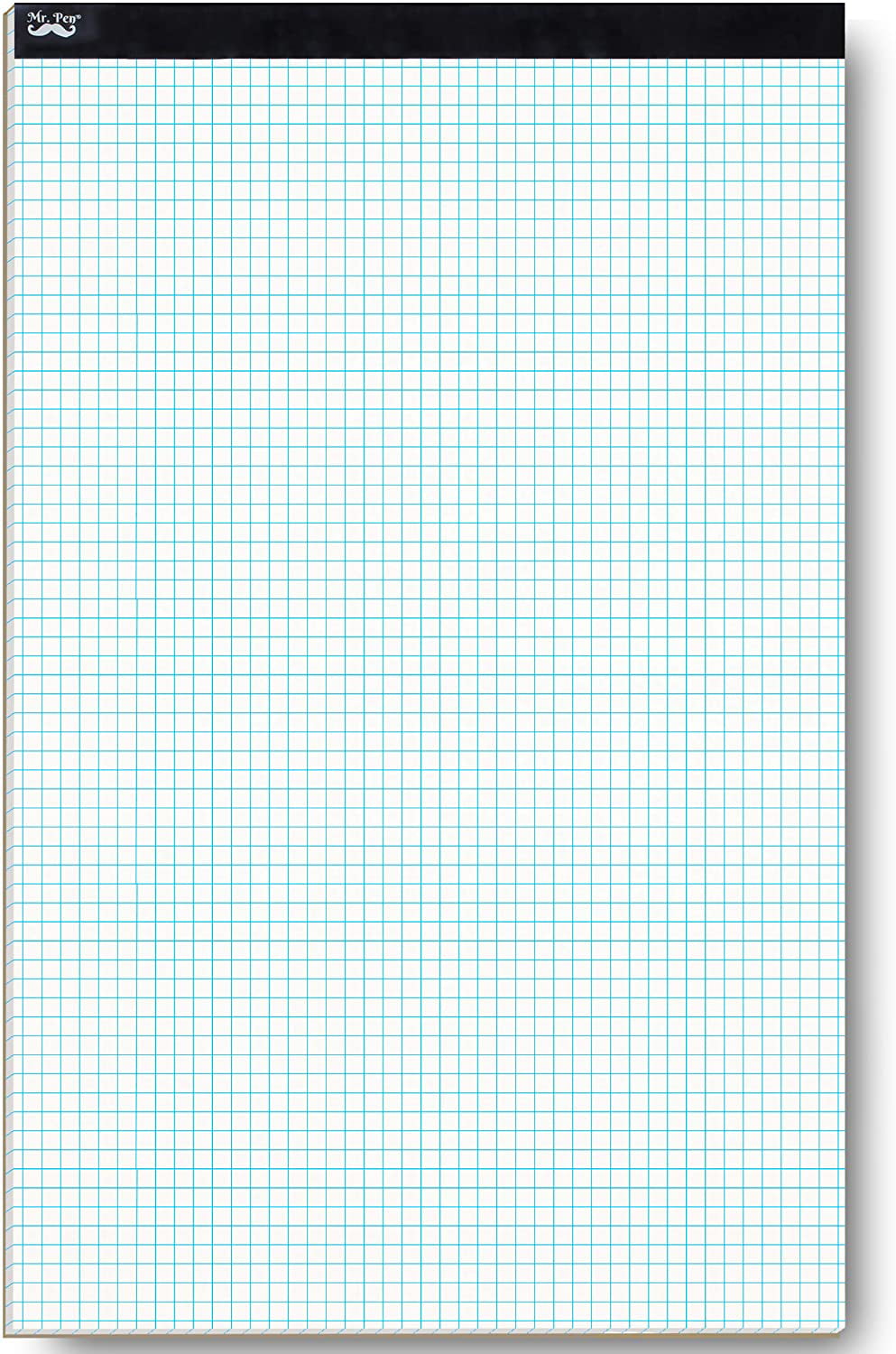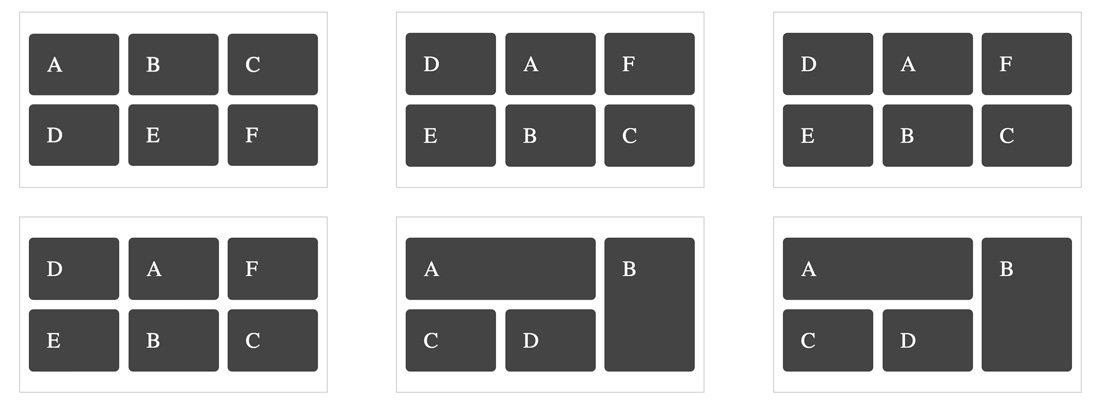

This mascot has gone on to influence so many aspects of wider contemporary culture that it even has a medical gene named after it. Rebellious, quick-witted and heroic, Sonic the Hedgehog was a sophisticated rival to Nintendo and proved to be a company-defining moment. In successfully targeting teenagers, they were also the number one gaming choice for every 16 year old’s younger sibling. While NES attracted the kiddies, SEGA made gaming cool. Together with his brother Luigi, Mario (and Nintendo) revived the gaming industry and almost 40 years later, they’re still all household names. Designers at Nintendo rebranded Jumpman, Donkey Kong’s leading star, to the dungaree-clad poster boy Mario to front Super Mario Bros. Could Mario be the original player? Via Nintendo.īut for the console’s big release, they needed a new star. Heck, it saved the day for the wider gaming industry. Their release of the Nintendo Entertainment System, a quality home console, allowed Nintendo to emerge from the crash victorious. So they found a gap in the American market and went for it. Like every other company, Nintendo had to completely rethink their game plan. Revenues were down by 97% and things looked pretty bleak for gamers. But, in 1983, the US gaming industry shuddered into a mighty crash. Nintendo enjoyed success in the arcades with the 1981 release of their arcade classic, Donkey Kong. Space Invaders introduced strategic gaming, repetitive graphics and glowing alien characters to the arcades, which proved so successful that it incurred an infamous coin shortage in Japan. Tomohiro Nishikado created it and by doing so, he christened gaming’s golden era with the world’s first Shoot ‘em up subgenre of video games. Their most famous game, Space Invaders, was an arcade legend.


They changed the game when they introduced home console systems in 1977 and became the fastest growing company in the history of the US, controlling at least 75% of the market. There were three main players in an ’80s video game landscape whose openness and creativity shaped the minds of young tech-heads all over the world. To kick things off, let’s look at the golden age of gaming. Illustration by OrangeCrush Three big names of early video game design Contemporary design consistently references its infatuation with ’80s video game design, which we’ll explore in detail throughout this piece. Excitement, collaboration and innovation swirled around the industry like a whirlpool and this hasn’t stopped. The tensor containing grid of images.Gaming’s golden age occurred between the late ’70s and early ’80s. Pad_value ( float, optional) – Value for the padded pixels. Images separately rather than the (min, max) over all images. Scale_each ( bool, optional) – If True, scale each image in the batch of

Then these numbers are used to normalize the image. Value_range ( tuple, optional) – tuple (min, max) where min and max are numbers, Normalize ( bool, optional) – If True, shift the image to the range (0, 1),īy the min and max values specified by value_range. Padding ( int, optional) – amount of padding. Nrow ( int, optional) – Number of images displayed in each row of the grid. Or a list of images all of the same size. Tensor ( Tensor or list) – 4D mini-batch Tensor of shape (B x C x H x W) make_grid ( tensor : Union ], nrow : int = 8, padding : int = 2, normalize : bool = False, value_range : Optional ] = None, scale_each : bool = False, pad_value : float = 0.0, ** kwargs ) → Tensor ¶


 0 kommentar(er)
0 kommentar(er)
